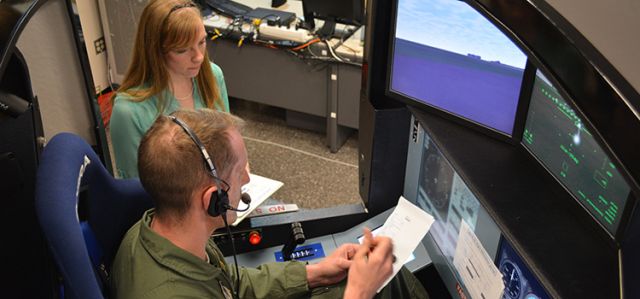Changes in In Vivo Knee Contact Forces through Gait Modification
Document Type
Article
Publication Date
3-2013
Publication Source
Journal of Orthopaedic Research
Abstract
Knee osteoarthritis (OA) commonly occurs in the medial compartment of the knee and has been linked to overloading of the medial articular cartilage. Gait modification represents a non-invasive treatment strategy for reducing medial compartment knee force. The purpose of this study was to evaluate the effectiveness of a variety of gait modifications that were expected to alter medial contact force. A single subject implanted with a force-measuring knee replacement walked using nine modified gait patterns, four of which involved different hiking pole configurations. Medial and lateral contact force at 25, 50, and 75% of stance phase, and the average value over all of stance phase (0–100%), were determined for each gait pattern. Changes in medial and lateral contact force values relative to the subject's normal gait pattern were determined by a Kruskal–Wallis test. Apart from early stance (25% of stance), medial contact force was most effectively reduced by walking with long hiking poles and wide pole placement, which significantly reduced medial and lateral contact force during stance phase by up to 34% (at 75% of stance) and 26% (at 50% of stance), respectively. Although this study is based on data from a single subject, the results provide important insight into changes in medial and lateral contact forces through gait modification. The results of this study suggest that an optimal configuration of bilateral hiking poles may significantly reduce both medial and lateral compartment knee forces in individuals with medial knee osteoarthritis.
Inclusive pages
434-440
ISBN/ISSN
0736-0266
Copyright
Copyright © 2013, Orthopaedic Research Society
Publisher
John Wiley & Sons
Volume
31
Issue
3
Peer Reviewed
yes
eCommons Citation
Kinney, Allison; Besier, Thor F.; Slider, Amy; Delp, Scott L.; D'Lima, Darryl D.; and Fregly, Benjamin J., "Changes in In Vivo Knee Contact Forces through Gait Modification" (2013). Mechanical and Aerospace Engineering Faculty Publications. 33.
https://ecommons.udayton.edu/mee_fac_pub/33
COinS



